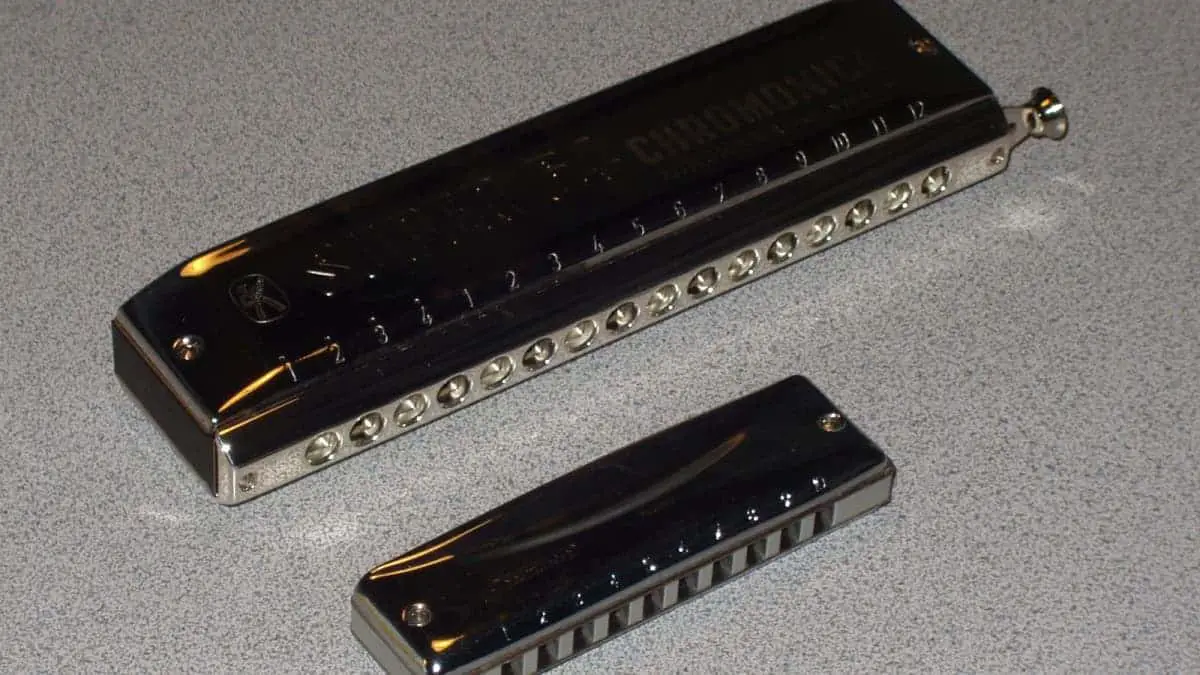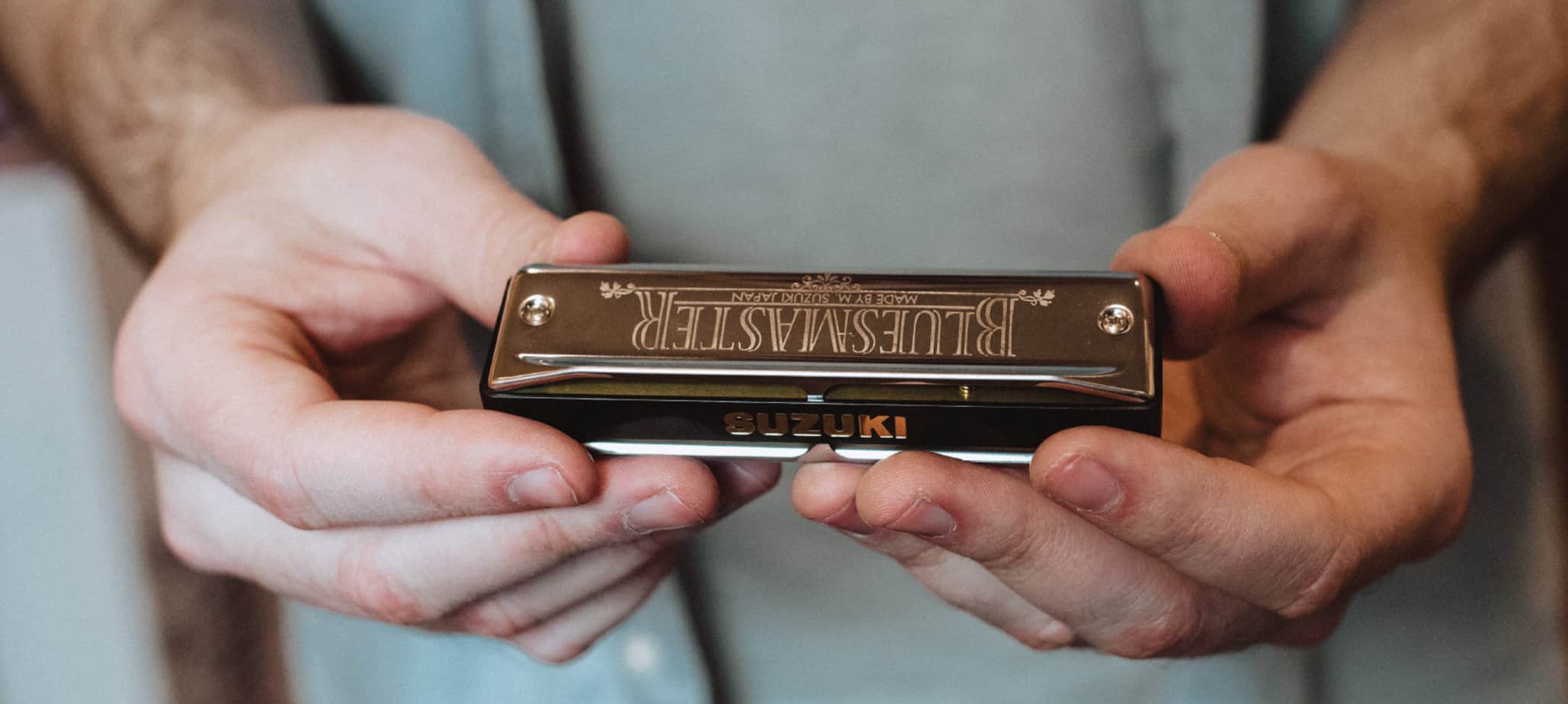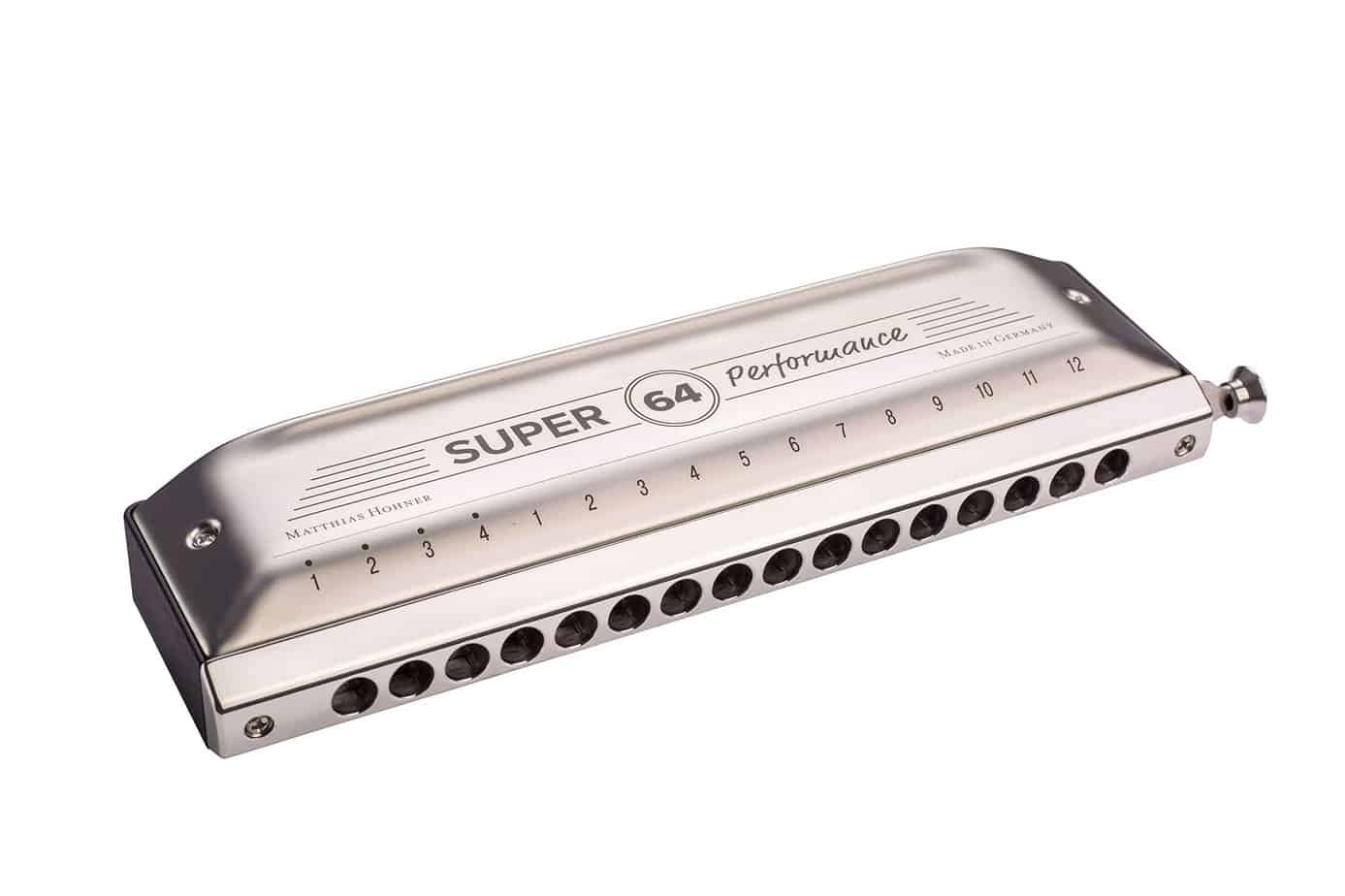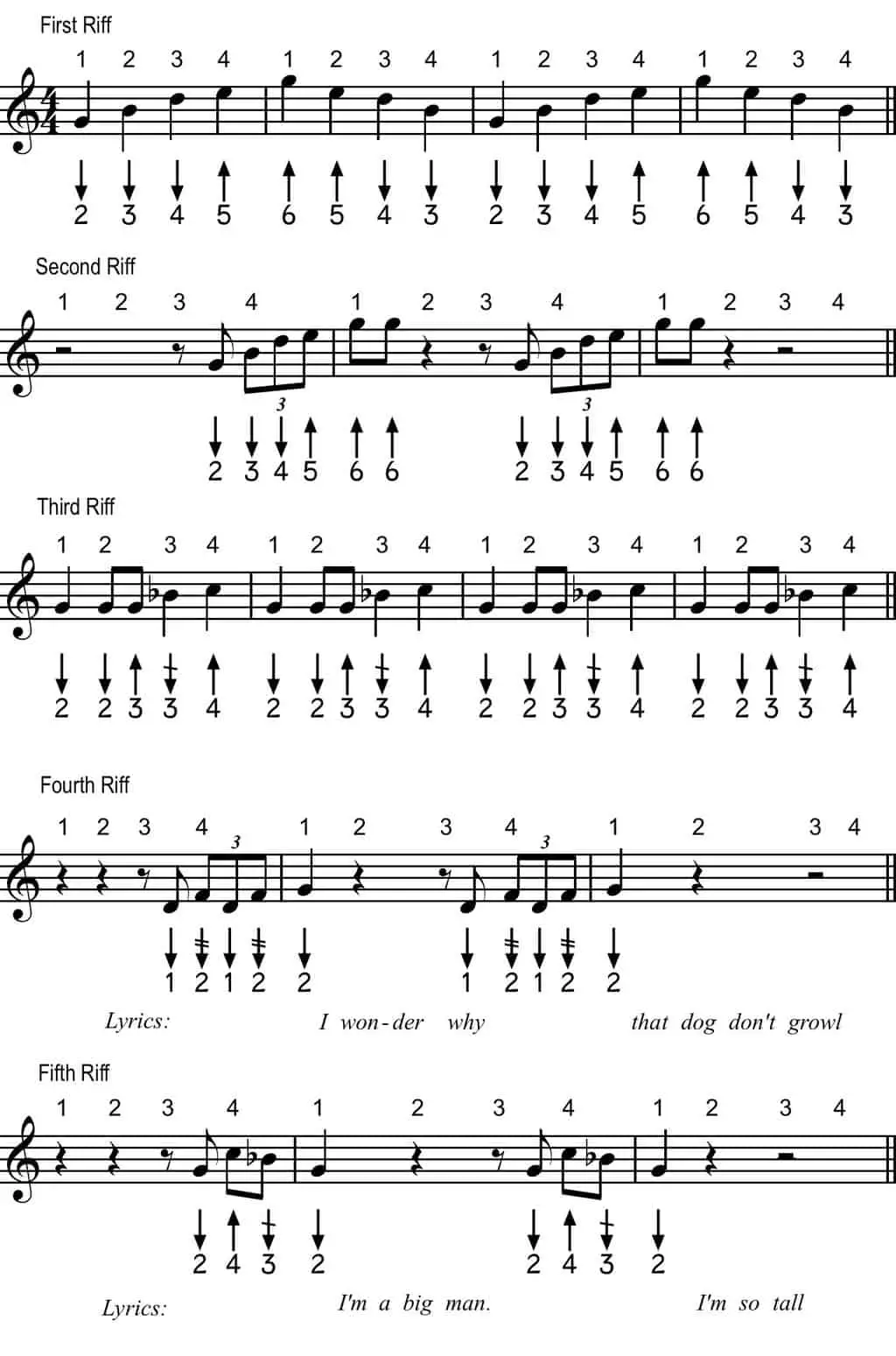If you’re looking to learn how to break in a harmonica, then you’ve come to the right place! Breaking in a harmonica is an essential part of the harmonica playing experience, as it helps to expand the range of tones and improve the sound quality of the instrument. This guide will provide an easy, step-by-step process for breaking in your harmonica, so you can get the most out of your instrument. With a little practice and patience, you’ll be a harmonica virtuoso in no time!
Pre-tuning the Harmonica
- Clean the harmonica, brushing away any dirt or dust.
- Check for any loose reeds or bent ones.
- If the reeds are bent, carefully straighten them out.
- Check the reed plates for any rust or corrosion.
- Tighten any screws, if necessary.
- Check the tuning of each note by blowing into the harmonica.
- Tune the harmonica using a tuning tool.
- Blow slowly and steadily on each note, listening for any tuned notes.
- Adjust the harmonica with a tuning tool until it is in tune.
Blowing into the Harmonica
| Step | Instructions |
|---|---|
| 1 | Place your lips firmly around the harmonica. |
| 2 | Breathe in through the harmonica and hold for a few seconds. |
| 3 | Exhale quickly, making sure to blow out all the air. |
| 4 | Continue to repeat the same cycle of breathing in, holding and then exhaling quickly until the harmonica feels more comfortable in your mouth. |
Vibrato Technique
| Step | Description |
|---|---|
| 1 | Breathe in and out deeply and slowly. |
| 2 | Create a steady airflow with the harmonica in your mouth. |
| 3 | Start by playing a single note and then begin to vibrate your lips, as if you were humming. |
| 4 | Increase the speed of your lip vibration as you progress. |
| 5 | Vary the speed of your vibrato to create a more dynamic sound. |
| 6 | Once you become comfortable with the technique, begin to mix in other techniques such as bending and overblowing. |
Vibrato is a technique used to create a vibrating sound on the harmonica. To create your own vibrato, start by breathing in and out deeply and slowly. Then create a steady airflow with the harmonica in your mouth and play a single note. Begin to vibrate your lips, as if you were humming, and increase the speed as you progress. Vary the speed of your vibrato to create a more dynamic sound. Once you become comfortable with the technique, begin to mix in other techniques such as bending and overblowing.
Bending and Sliding Technique
- Practice bending and sliding notes on a single hole without changing the position of your lips.
- To bend a note, you will need to slightly move your lips up and down while keeping them in the same position.
- For sliding, start with a single note and move your lips horizontally while maintaining the same position.
- Once you are comfortable with bending and sliding, start playing two adjacent holes together.
- You can also practice bending and sliding multiple notes together.
- Continue practicing bending and sliding until you are comfortable with it.
Re-tuning the Harmonica
- Lift the cover plates off the harmonica.
- Loosen the screws on the reed plates.
- Adjust the screws to slightly lower the pitch of each reed.
- Re-tighten the screws and make sure they are secure.
- Test the harmonica to see if it needs further adjustment.
- If not, reattach the cover plates and check the tuning one more time.
Splitting Notes Technique
The splitting notes technique is an essential part of mastering how to play the harmonica. This technique involves playing two different notes at the same time by splitting the air between two reeds. To do this, start by playing a single note with the left side of your mouth. Then, while keeping that note sustained, move your mouth slightly to the right and play a different note with the right side of your mouth. This will result in two different notes being played simultaneously. The trick is to maintain the same air pressure for both notes. This technique can help create interesting musical textures and can be used to play melodies that are not usually possible on the harmonica.
Playing Octaves Technique
| Holes | Notes |
|---|---|
| Hole 1-2 | C-C |
| Hole 2-3 | D-D |
| Hole 3-4 | E-E |
| Hole 4-5 | F-F |
| Hole 5-6 | G-G |
| Hole 6-7 | A-A |
| Hole 7-8 | B-B |
Playing octaves is a technique used to break in the harmonica. It involves blowing and drawing the same note on two adjacent holes at the same time, which results in a fuller, richer sound. To play octaves, simply cover the two adjacent holes and blow or draw on the harmonica. The following table shows which notes are played in each octave.
Playing Licks Technique
Playing licks is an important part of learning how to play a harmonica. Licks are short phrases that are often repeated in a song. They are usually composed of a few notes and can be used to create a melody or to add a solo line. To practice playing licks, start by learning a few simple licks and practice them until you have them memorized. Once you can play them without having to think about it, start adding variations to the lick, such as adding different notes, playing them in a different order, or adding other embellishments. As you become more comfortable with the technique, you can start to improvise your own licks.
Techniques to Create New Sounds
| Technique | Description |
|---|---|
| Overbends | Overbends can be used to create higher notes, and need precise control of breath. The technique involves pushing the highest note on the harmonica above its normal pitch by using more air pressure. |
| Tongue Slaps | Tongue slaps are created by pushing air through the harmonica and then quickly pulling the tongue away to stop the sound. This creates a sharp, staccato sound. |
| Vibrato | Vibrato is created by varying the air pressure and the speed of air. This creates a wavering sound. |
| Slurring | Slurring involves playing two or more notes quickly in succession. This creates a smooth, melodic sound. |
| Bends | Bends involve pushing the notes on the harmonica below their normal pitch by using less air pressure. This creates a lower sound. |
| Half-Valving | Half-valving involves using the tongue to partially block the air flow. This creates a fluttery, vibrato-like sound. |
Frequently Asked Questions
What steps do I need to take to break in a harmonica?
To break in a harmonica, first clean the harmonica with warm water and a mild detergent. Dry the harmonica completely with a soft cloth before playing. Next, take a few minutes to get comfortable with the harmonica. Play a few notes and experiment with the different keys. As you become more comfortable with the instrument, start to practice short songs. Play the same song repeatedly to get used to the sound and feel of the harmonica. Finally, practice for longer periods of time and gradually increase the complexity of the songs. With regular practice and patience, you will soon be breaking in your harmonica!
How can I ensure that my harmonica is in optimal playing condition?
To ensure your harmonica is in optimal playing condition, it is important to keep it clean and regularly maintain it. This can be done by regularly wiping the outside and inside of the harmonica with a damp cloth and by occasionally blowing air into and out of the harmonica to help clear out moisture. You should also regularly check for any signs of damage and replace any broken pieces or reeds. Additionally, it is important to store the harmonica in a dry place and away from direct sunlight.
What type of materials do I need to break in a harmonica?
To break in a harmonica, you will need a soft cloth to clean the reeds, a small brush to remove debris, a soft cotton swab, and a small amount of vegetable oil. You may also want to have a small container of warm water and mild soap on hand to clean your harmonica.
How long does it typically take to break in a harmonica?
The time it takes to break in a harmonica will depend on how often you play it and how you play it. Generally, it can take anywhere from a few days to a few weeks for a harmonica to break in. The more you play it, the faster it will break in. Proper care and maintenance of your harmonica are also important for a speedy break-in.
Is there an easy way to speed up the break in process for a harmonica?
Unfortunately, there is no way to speed up the break in process for a harmonica. It is important to play the harmonica regularly to break it in, as this will help to make the reeds flexible and improve the sound. Additionally, it is important to practice bending and overblowing techniques to fully break in the harmonica.
Conclusion
Breaking in a harmonica is an important step to ensure it sounds its best. While it takes some time and effort, the process is straightforward and can be done with the right materials and following the steps listed in this guide. Once you’ve broken in your harmonica, you’ll be rewarded with an instrument that sounds great and plays just the way you want it.
References
- Falk, J. (2017, August 14). How to Break In a Harmonica: An Easy Step-by-Step Guide. https://musicianhut.com/how-to-break-in-a-harmonica/
- Meyer, L. (2019, April 28). Breaking in a Harmonica: A Step-by-Step Guide. https://www.instructables.com/Breaking-in-a-Harmonica-A-StepbyStep-Guide/








